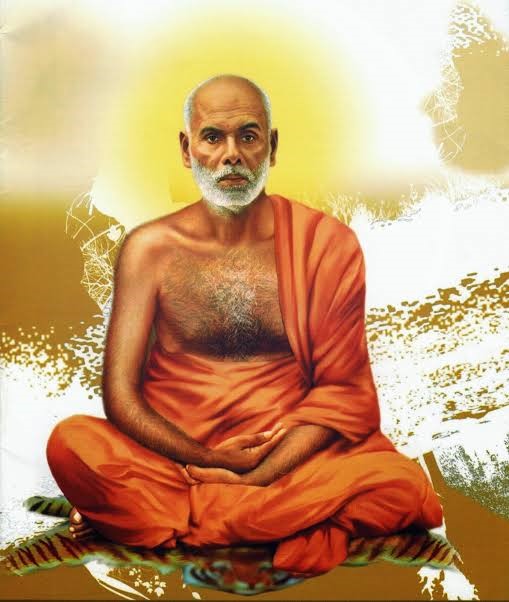
SREE NARAYANA GURU
Context
- The Vice President of India has virtually launched “Not Many, But One”, an English translation of poems of Sree Narayana Gurudev.
MORE ABOUT SREE NARAYANA GURU
-
- Shree Narayana Guru (1856–1928), also known as Shree Narayana Guru Swami, was a Hindu saint & social reformer of India. The Guru was born into an Ezhava family, in an era when people from backward communities like the Ezhavas faced social injustice in the caste-ridden Kerala society.
- Shree Narayana Guru is revered for his Vedic knowledge, poetic proficiency, openness to the views of others, non-violent philosophy, and unrelenting resolve to set aright social wrongs. Narayana Guru was instrumental in setting the spiritual foundations for social reform in Kerala and was one of the most successful social reformers to revolt against caste system in India.
- Transformation as master, yogi and seeker of truth
- Under pressure from the family, Guru married Kaliamma, the daughter of a traditional village doctor.
-
-
- Parivrajaka’ (A Spiritual Wanderer) – After the demise of the father and wife, Nanu(Narayna Guru) Asan continued his life as a wandering Sanyasi. He became a ‘Parivrajaka’ (one who wanders from place to place in quest of Truth)
-
- In 1888, he went to Aruvippuram, where he meditated and took a rock from the river and sanctified it as a Shiva idol, which is now known as the Aruvippuram Shiva Temple.
-
- Since Guru belonged to a lower caste, the upper caste Brahmins questioned the act of him performing the consecration known as “Aruvipuram Pratishta,” and his right to consecrate the Shiva idol.
- In 1903, he, along with Padmanabhan Palpu, founded the ‘Sree Narayana Dharma Paripalana Yogam’ (SNDP) that worked towards the spiritual upliftment and education of the underprivileged Ezhava community.
-
- In 1912, he built the Sarada Mutt in Sivagiri. He also established several temples in Thrissur, Kozhikode, Anchuthengu, Kannur, Mangalore, and Thalassery and even traveled to Sri Lanka in 1926.
- Fight Against Casteism
- During the 19th and early 20th centuries, casteism was the order of the day in the Indian society. People from lower castes like the Thiyyas and Ezhavas and the untouchable castes like Pulayars, Paraiyars and tribals suffered at the hands of the Brahmins.
- Even Guru wasn’t spared of these atrocities, and hence as his first act of protest, he erected the Siva idol at Aruvippuram in 1888. He built over forty-five temples in Kerala and Tamil Nadu.
- Vaikom Satyagraha
- The Vaikom Satyagraha was a social protest that began when people from the lower castes rebelled against untouchability practiced in the Hindu society of Travancore.
-
- Reportedly, when an upper caste person stopped Narayana Guru on the way to Vaikom Temple, his followers and supporters were agitated and thus sparked the Vaikom Satyagraha.
- Guru’s disciples Muloor S. Padmanabha Panicker and Kumaran Asan wrote poems disapproving of the incident. In 1918, another follower, T. K. Madhavan, appealed to the Sree Moolam Popular Assembly for their right to enter any temple without any discrimination based on caste.
- As a result, the temple was opened to all, and three roads leading to it were built for people of all castes. This protest played a significant role in the Temple Entry Proclamation of 1936.
